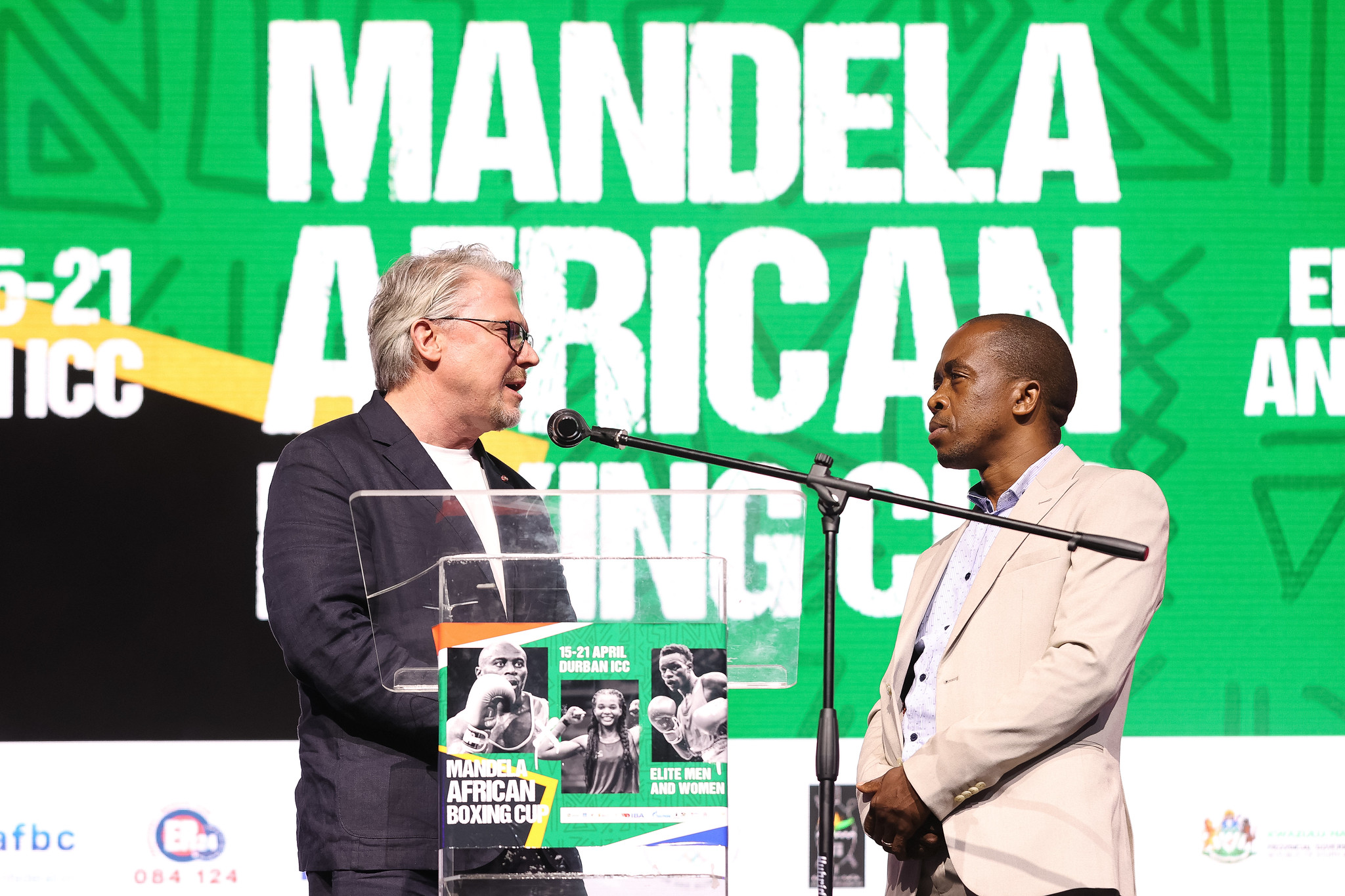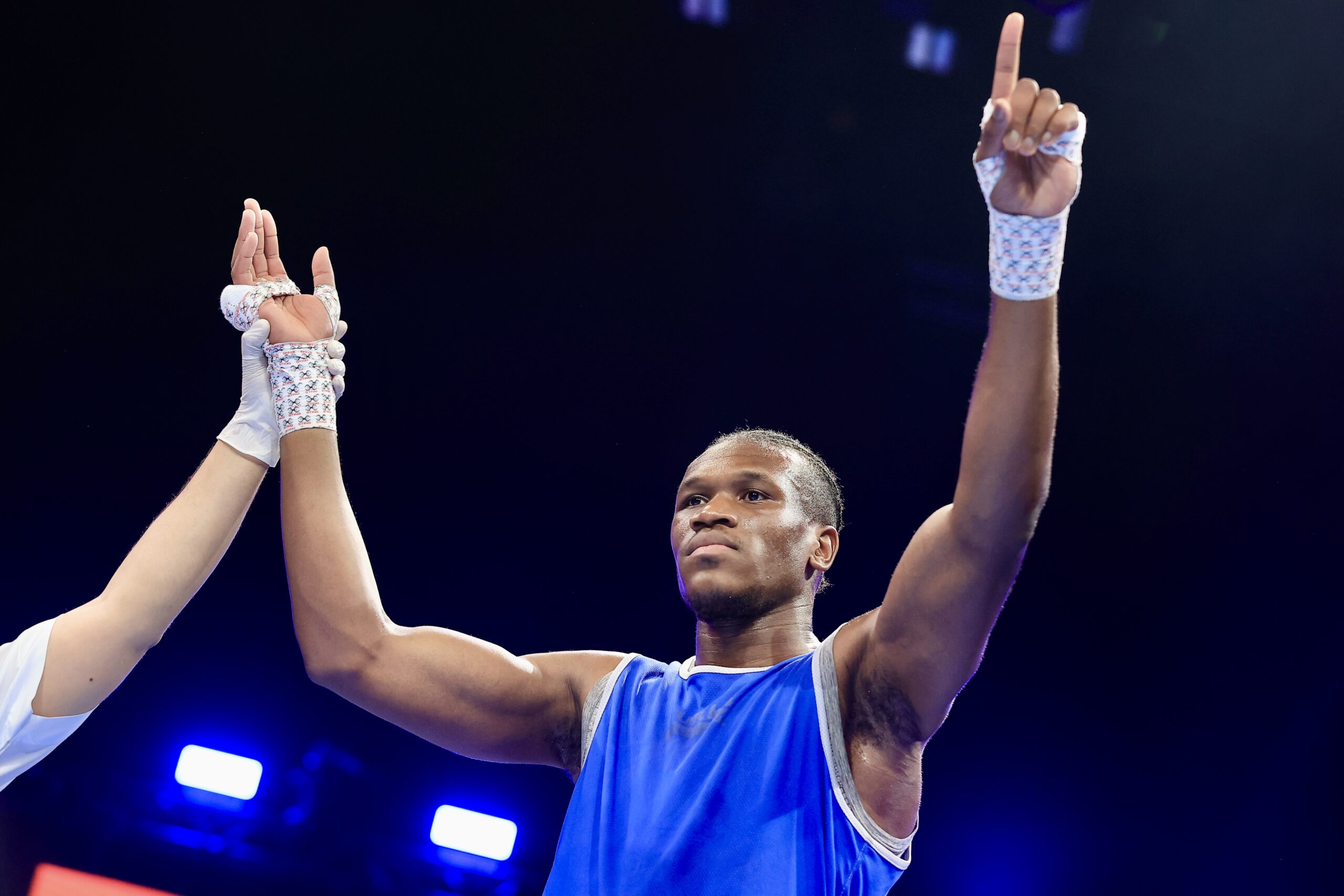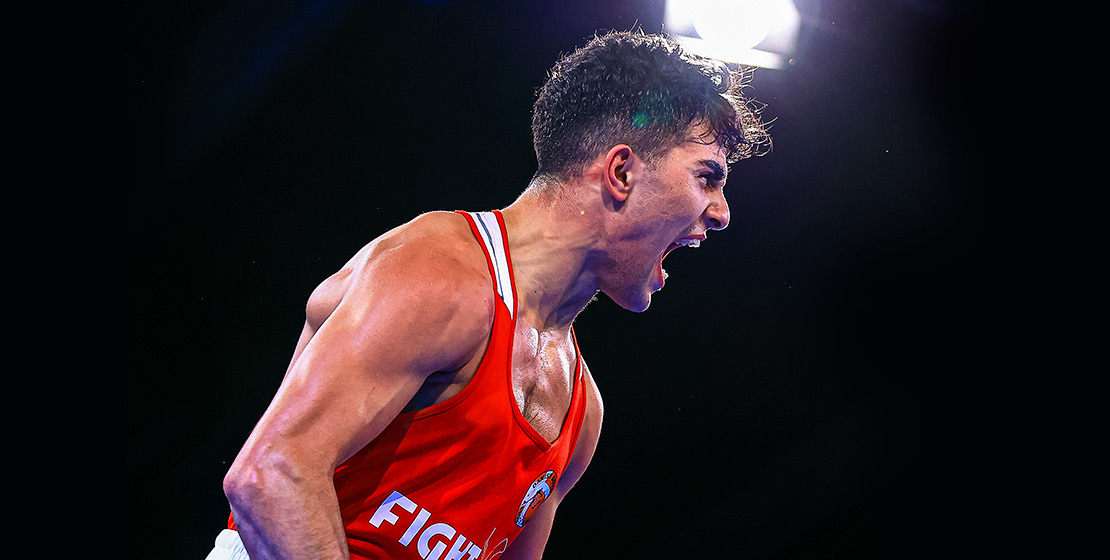AIBA President opens the fourth Olympic Museum in China
August 19th, 2014 / All
The Nanjing Olympic Museum was officially inaugurated on the first day of action at the Summer Youth Olympic Games by the Chinese Vice-Premier Ms. Liu Yandong and the President of the International Olympic Committee Mr Thomas Bach in presence of the honourable guests representing Olympic movement as Dr Ching-Kuo Wu and Mr Jacques Rogge as well as the city authorities.
The AIBA President Dr Ching-Kuo Wu, who is a Member of the IOC Executive Board and since last April a Chair of the IOC Olympic Philately, Numismatic and Memorabilia Commission, has been a designer of the Nanjing Olympic Museum and confessed to be really honoured to be a part of its creation.
“This is my fourth museum in China”, – said the AIBA President who initiated the opening of the first ever Olympic Museum in the country back in 2007 in the city of Xiamen. In 2009, the Tianjin Dagang Olympic Museum was designed and founded by Dr Ching-Kuo Wu, and four years later, in 2013, he conceived, founded and designed the Samaranch Memorial in Tianjin in a commemoration of the late former International Olympic Committee (IOC) president Juan Antonio Samaranch. “Moreover, it is the first museum ever to be opened during the Olympic Games,” – added Dr Wu.
“Although we were constrained by a timeline of only five months, I believe that in this short time we were able to complete the Museum with many of my important exhibits and invaluable collectibles to go on display in time for the highly anticipated grand Opening.”
“Being dedicated for many years to Olympic collecting myself, I have always been proud to contribute to the promotion of the Olympic culture, its history and art. Since the very first modern Olympic Games in 1896, the valuable items commemorating any Olympiad have always fascinated Olympic fans.” Dr Wu said.
“These magnificent stamps, coins, mascots and pins are much more than just souvenirs. Once the Olympic logo is engraved on any of these items, they get incredible power as they touch entire nations; anybody anywhere in the world, no matter what their background and social status, can become part of the Games.
“Today, we can hardly imagine the Olympic Games without Olympic collectibles. They became an important part of the Olympic movement promoting knowledge and understanding of the Olympic history and values.” he concluded.
The Nanjing Olympic Museum will stand like the Samaranch Memorial as a beacon of intimate interaction between fans and Olympic memorabilia, to explore the true identity of the Olympic movement as well as presenting a catalogue of treasured items from previous Olympic Games.
Covering a building area of 7,896 square metres and an exhibition area of 5,034 square metres, it will showcase nearly 600 objects, including nearly 400 photos, six sculptures 29 multimedia points and four interactive entertainment programmes.






